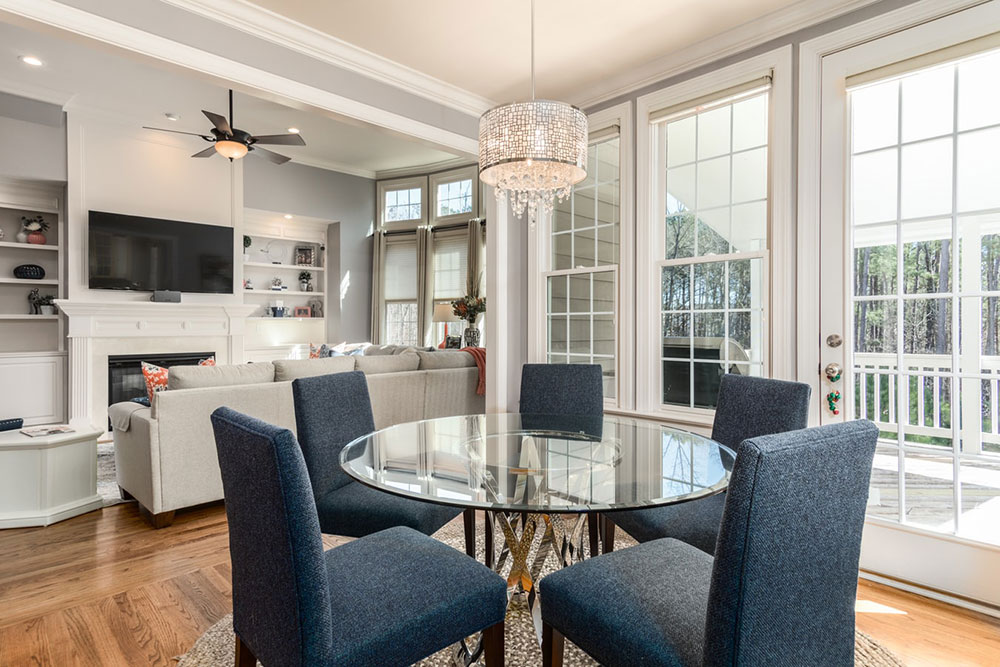Advertisement
If a year of working from home has prompted you to consider a redesign, or if you’re extending existing areas of your house, something you may not have fully considered is how the windows of a space tie into your interior design.
You’ll have likely already decided if you’re going to paint or wallpaper the walls, where your furniture is going to fit and if storage will be utilised.
But the window(s) in a room can have a huge impact. Let’s take a look how.
Remember the basics
Balance: Dressing your window is an important consideration. If you’re using elements such as wood in your design, then this could be extended to your windows in the form of slatted blinds.
Scale: Especially important if you’re designing a new space, getting the size of the windows right will hep to keep the proportions of the whole area in check.
Line: Scan your eye across your space while considering your design; your windows will likely give you existing lines to work with. Be sure to select items of furniture whose heights, widths and depths do not clash with what is already there.
Make the light work for you
The most important job of a window in any room is to let the light in! For darker spaces, such as lofts and stairways, VELUX windows and light tunnels can illuminate shaded spots and make them more welcoming areas of your home.
It’s vital to consider what will be opposite your window, too. Setting up a television here can lead to issues with glare, on a purely practical level.
But it’s wise to put something you’re happy to feature in this spot – a favourite piece of art, or gallery of treasured memories – as it will quite literally have a spotlight on it when the sun is out.
Balance the natural and artificial
How natural light spills into your room can influence how you design its interior, but it should also inform how you use artificial lights.
Chances are, your wired lightbulbs will be in the centre of your ceiling, but moving lamps to throw light in similar directions to the windows can tie your design together, making it uniform whether night or day.
Conversely, you may wish to intentionally create a juxtaposition here, giving your room distinctly differing moods during daylight and night hours.
Consider the other side
If you’re fortunate enough to have a picture-perfect view out of your window, this can also be tied into your room’s design.
Going back to lines; is your view a sweeping hillside, bustling cityscape or swaying forest?
Scan across the room and follow the lines as your sight passes the window. Adding artwork or furniture that matches those lines will help knit the whole thing together.

